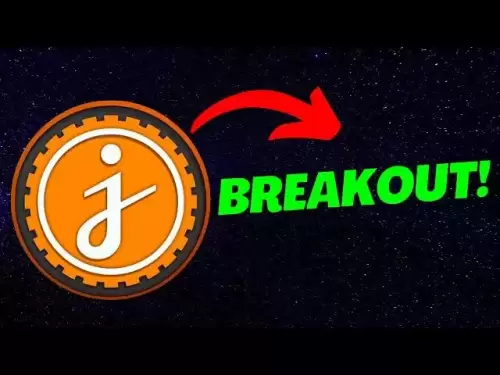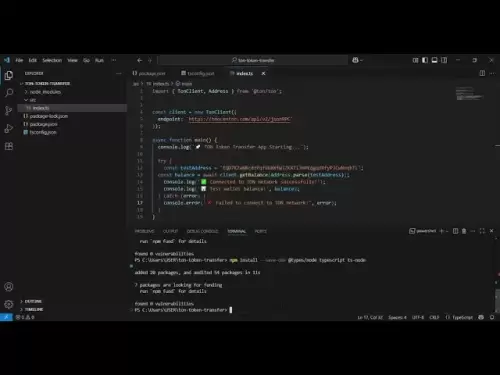-
 Bitcoin
Bitcoin $118,841.1054
1.02% -
 Ethereum
Ethereum $3,364.2689
7.44% -
 XRP
XRP $3.0337
3.93% -
 Tether USDt
Tether USDt $1.0004
0.04% -
 BNB
BNB $708.2059
2.49% -
 Solana
Solana $173.2385
5.74% -
 USDC
USDC $0.9999
-0.01% -
 Dogecoin
Dogecoin $0.2121
6.85% -
 TRON
TRON $0.3090
2.81% -
 Cardano
Cardano $0.7628
2.25% -
 Hyperliquid
Hyperliquid $46.8391
-2.08% -
 Stellar
Stellar $0.4537
0.15% -
 Sui
Sui $3.9529
-2.88% -
 Chainlink
Chainlink $16.6414
3.72% -
 Hedera
Hedera $0.2354
1.52% -
 Bitcoin Cash
Bitcoin Cash $499.1285
0.43% -
 Avalanche
Avalanche $22.6400
0.57% -
 Shiba Inu
Shiba Inu $0.0...01438
4.88% -
 UNUS SED LEO
UNUS SED LEO $8.8507
-0.64% -
 Toncoin
Toncoin $3.1498
2.35% -
 Litecoin
Litecoin $97.4954
1.21% -
 Polkadot
Polkadot $4.1541
1.50% -
 Monero
Monero $331.4406
-1.03% -
 Pepe
Pepe $0.0...01350
5.24% -
 Uniswap
Uniswap $8.9103
-5.01% -
 Bitget Token
Bitget Token $4.7540
4.51% -
 Dai
Dai $0.9999
-0.02% -
 Ethena USDe
Ethena USDe $1.0008
0.00% -
 Aave
Aave $322.3328
-1.63% -
 Bittensor
Bittensor $431.8026
-0.50%
How to set the AVL indicator parameters most reasonably? How to adjust the AVL indicator under different cycles?
The AVL indicator helps crypto traders assess trend strength based on volume; adjust periods from 10-20 for short-term and 50-200 for long-term trading.
Jun 03, 2025 at 01:49 am
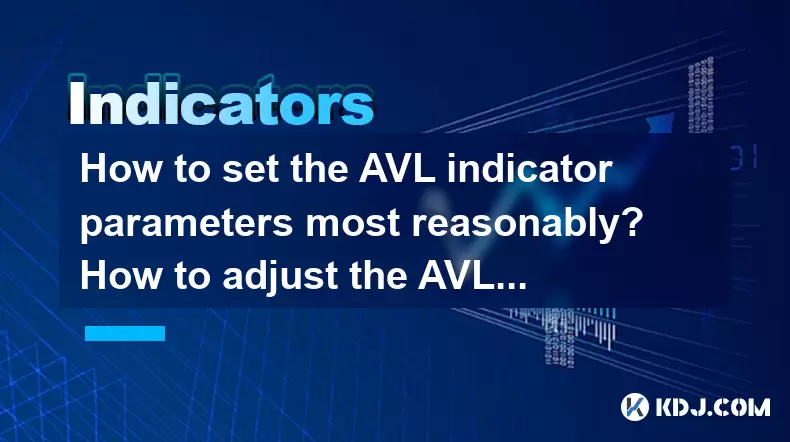
The Average Volume Line (AVL) indicator is a valuable tool used by cryptocurrency traders to assess the strength of price trends based on trading volume. Setting and adjusting the parameters of the AVL indicator correctly can significantly enhance its effectiveness in different market cycles. This article will guide you through the process of setting the AVL indicator parameters most reasonably and adjusting them under different cycles.
Understanding the AVL Indicator
Before diving into setting parameters and making adjustments, it's crucial to understand what the AVL indicator represents. The AVL is designed to smooth out volume data over a specified period, providing a clearer picture of volume trends. The indicator calculates the average volume over a set number of periods, helping traders identify whether the current volume is above or below the average, which can signal the strength or weakness of a trend.
Setting AVL Indicator Parameters
Setting the AVL indicator parameters involves deciding on the number of periods over which the average volume will be calculated. The choice of periods depends on the trading strategy and the time frame being analyzed.
- For short-term trading, a lower number of periods, such as 10 to 20, can be more effective. This setting allows the AVL to react quickly to changes in volume, which is crucial for short-term traders looking to capitalize on immediate market movements.
- For long-term trading, a higher number of periods, such as 50 to 200, may be more appropriate. This setting smoothens out the volume data over a longer period, providing a more stable indicator that aligns with long-term trends.
To set the AVL indicator parameters in your trading platform, follow these steps:
- Open your trading platform and navigate to the indicators section.
- Select the AVL indicator from the list of available indicators.
- Enter the desired number of periods in the settings. For example, if you are a short-term trader, you might enter 15.
- Apply the indicator to your chart and observe how it behaves with the chosen settings.
Adjusting the AVL Indicator Under Different Cycles
Market cycles can significantly impact the effectiveness of the AVL indicator. Adjusting the parameters based on the current cycle can help traders better interpret volume trends.
Bullish Cycles
During bullish cycles, where prices are generally rising, volume tends to increase. To capture these trends effectively, you might need to adjust the AVL indicator to a shorter period, such as 10 to 15 periods. This adjustment allows the indicator to react more quickly to the rising volume, helping traders identify potential entry and exit points.
Bearish Cycles
In bearish cycles, where prices are generally falling, volume can be erratic. To smooth out these fluctuations, consider adjusting the AVL indicator to a longer period, such as 30 to 50 periods. This adjustment helps filter out short-term volume spikes and provides a clearer picture of the overall volume trend.
Sideways Markets
In sideways markets, where prices move within a relatively stable range, volume can be low and stable. Here, a medium period, such as 20 to 30 periods, may be most effective. This setting allows the AVL indicator to reflect the steady volume without being overly sensitive to minor fluctuations.
Practical Examples of AVL Indicator Adjustments
To illustrate how to adjust the AVL indicator under different cycles, consider the following examples:
- Bullish Cycle Example: If you are trading Bitcoin during a bullish cycle, you might set the AVL indicator to 10 periods. This setting allows you to quickly identify spikes in volume that could signal strong buying pressure and potential price increases.
- Bearish Cycle Example: During a bearish cycle for Ethereum, you might set the AVL indicator to 50 periods. This setting helps you focus on the overall volume trend rather than short-term fluctuations, aiding in identifying potential reversal points.
- Sideways Market Example: When trading a stablecoin like USDT in a sideways market, setting the AVL indicator to 25 periods could be beneficial. This setting provides a balanced view of volume, helping you understand the market's stability.
Monitoring and Fine-Tuning the AVL Indicator
Once you have set and adjusted the AVL indicator parameters, it's important to monitor its performance and make fine-tuning adjustments as needed. Here are some tips for monitoring and fine-tuning:
- Regularly review the indicator's performance on your trading charts. Look for any discrepancies between the AVL indicator and actual market movements.
- Experiment with different period settings to find the most effective configuration for your trading style and the current market cycle.
- Consider using multiple AVL indicators with different period settings on the same chart to gain a more comprehensive view of volume trends.
FAQs
Q1: Can the AVL indicator be used for all cryptocurrencies?
A1: Yes, the AVL indicator can be applied to any cryptocurrency that has sufficient trading volume data. However, the effectiveness of the indicator may vary depending on the liquidity and trading activity of the specific cryptocurrency.
Q2: How does the AVL indicator differ from other volume-based indicators like the OBV?
A2: The AVL indicator calculates the average volume over a specified period, providing a smoothed view of volume trends. In contrast, the On-Balance Volume (OBV) indicator cumulatively adds or subtracts volume based on price movement, focusing on the relationship between volume and price changes.
Q3: Is it necessary to adjust the AVL indicator parameters frequently?
A3: The frequency of adjustments depends on the volatility of the market and your trading strategy. In highly volatile markets, you may need to adjust the parameters more frequently to stay aligned with rapid changes in volume trends.
Q4: Can the AVL indicator be used in conjunction with other technical indicators?
A4: Yes, the AVL indicator can be effectively used with other technical indicators such as moving averages, RSI, and MACD to provide a more comprehensive analysis of market trends and potential trading opportunities.
Disclaimer:info@kdj.com
The information provided is not trading advice. kdj.com does not assume any responsibility for any investments made based on the information provided in this article. Cryptocurrencies are highly volatile and it is highly recommended that you invest with caution after thorough research!
If you believe that the content used on this website infringes your copyright, please contact us immediately (info@kdj.com) and we will delete it promptly.
- Trump, Meme Coins, and Tokens: A Wild Ride in Crypto
- 2025-07-17 18:50:12
- Ripple's EU Expansion: RLUSD Takes Center Stage, XRP's Role Defined
- 2025-07-17 18:30:12
- XRP Whale Alert: $73M Moved to Coinbase – Correction Incoming?
- 2025-07-17 19:10:14
- Sui (SUI), Mutuum Finance (MUTM), and DeFi Adoption: A Tale of Two Trajectories
- 2025-07-17 19:10:14
- Shiba Inu's ATH Ambitions: Can It Outpace the Competitors?
- 2025-07-17 18:30:12
- Cake Wallet, Privacy, and the Harper v. Faulkender Ruling: What You Need to Know
- 2025-07-17 18:50:12
Related knowledge
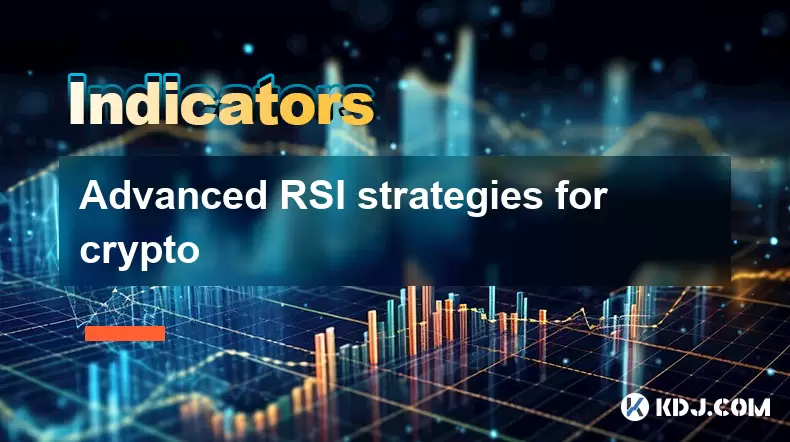
Advanced RSI strategies for crypto
Jul 13,2025 at 11:01am
Understanding the Basics of RSI in Cryptocurrency TradingThe Relative Strength Index (RSI) is a momentum oscillator used to measure the speed and chan...
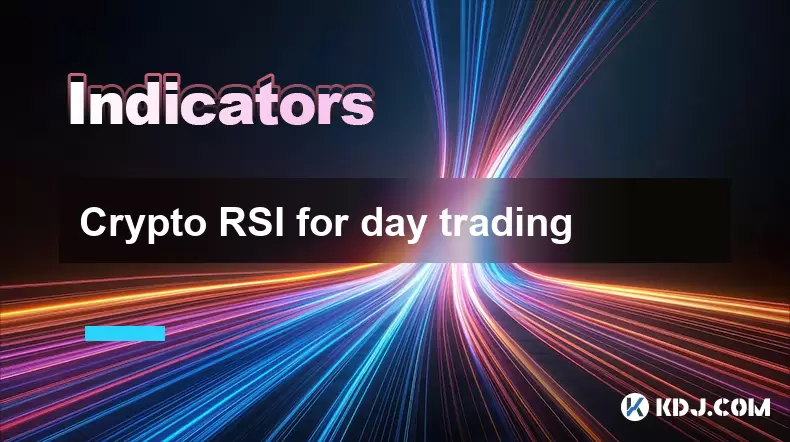
Crypto RSI for day trading
Jul 12,2025 at 11:14am
Understanding RSI in the Context of Cryptocurrency TradingThe Relative Strength Index (RSI) is a momentum oscillator used to measure the speed and cha...
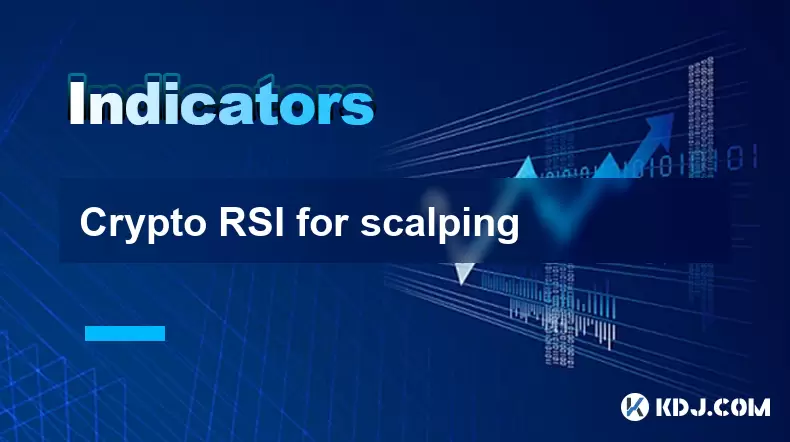
Crypto RSI for scalping
Jul 12,2025 at 11:00pm
Understanding RSI in the Context of Crypto TradingThe Relative Strength Index (RSI) is a momentum oscillator widely used by traders to measure the spe...
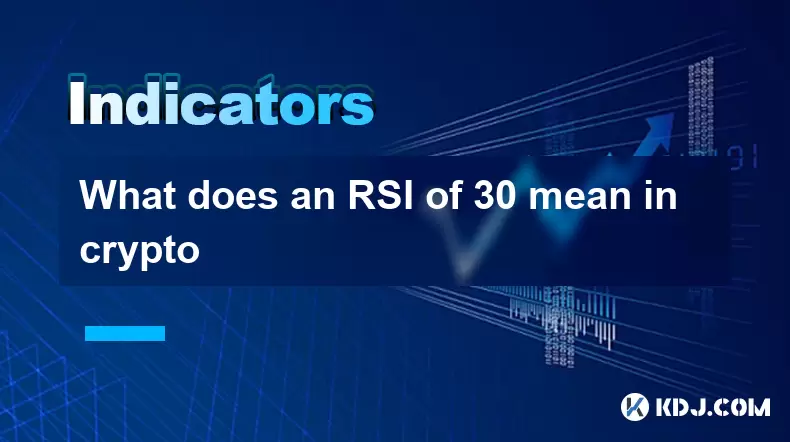
What does an RSI of 30 mean in crypto
Jul 15,2025 at 07:07pm
Understanding RSI in Cryptocurrency TradingRelative Strength Index (RSI) is a momentum oscillator widely used in cryptocurrency trading to measure the...
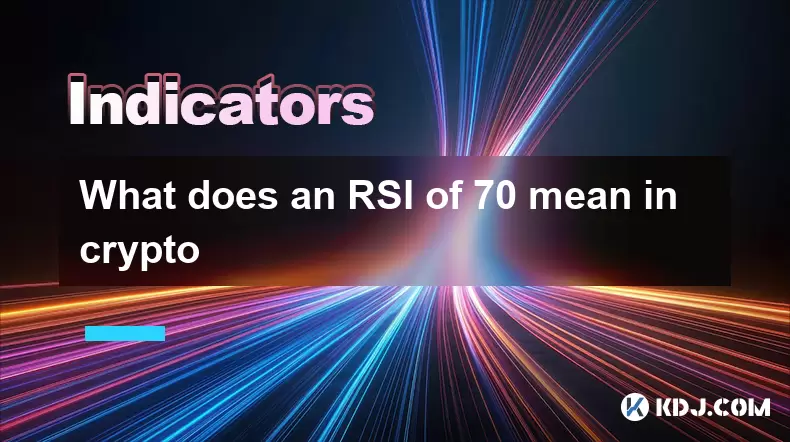
What does an RSI of 70 mean in crypto
Jul 13,2025 at 06:07pm
Understanding the RSI Indicator in Cryptocurrency TradingThe Relative Strength Index (RSI) is a widely used technical analysis tool that helps traders...
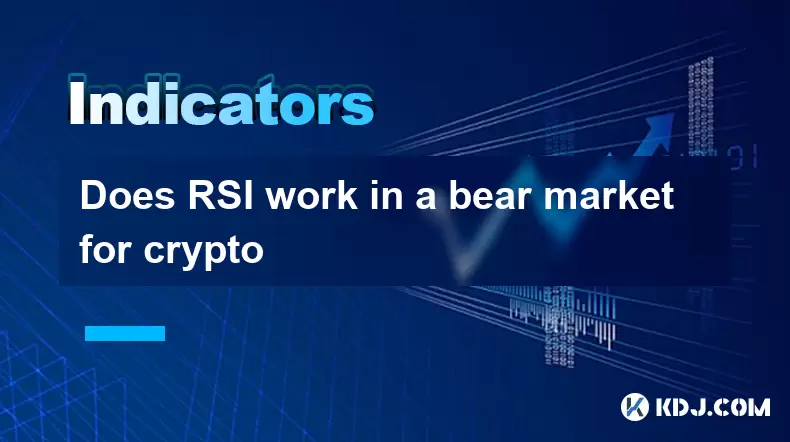
Does RSI work in a bear market for crypto
Jul 16,2025 at 01:36pm
Understanding RSI in Cryptocurrency TradingThe Relative Strength Index (RSI) is a momentum oscillator used by traders to measure the speed and change ...

Advanced RSI strategies for crypto
Jul 13,2025 at 11:01am
Understanding the Basics of RSI in Cryptocurrency TradingThe Relative Strength Index (RSI) is a momentum oscillator used to measure the speed and chan...

Crypto RSI for day trading
Jul 12,2025 at 11:14am
Understanding RSI in the Context of Cryptocurrency TradingThe Relative Strength Index (RSI) is a momentum oscillator used to measure the speed and cha...

Crypto RSI for scalping
Jul 12,2025 at 11:00pm
Understanding RSI in the Context of Crypto TradingThe Relative Strength Index (RSI) is a momentum oscillator widely used by traders to measure the spe...

What does an RSI of 30 mean in crypto
Jul 15,2025 at 07:07pm
Understanding RSI in Cryptocurrency TradingRelative Strength Index (RSI) is a momentum oscillator widely used in cryptocurrency trading to measure the...

What does an RSI of 70 mean in crypto
Jul 13,2025 at 06:07pm
Understanding the RSI Indicator in Cryptocurrency TradingThe Relative Strength Index (RSI) is a widely used technical analysis tool that helps traders...

Does RSI work in a bear market for crypto
Jul 16,2025 at 01:36pm
Understanding RSI in Cryptocurrency TradingThe Relative Strength Index (RSI) is a momentum oscillator used by traders to measure the speed and change ...
See all articles
























